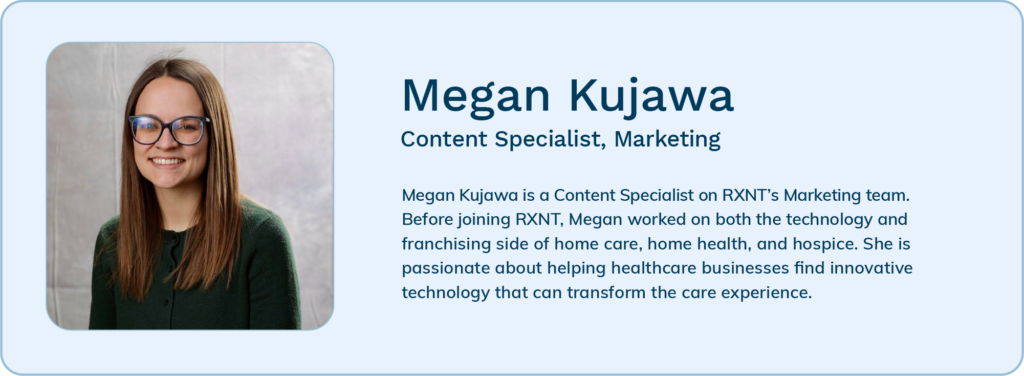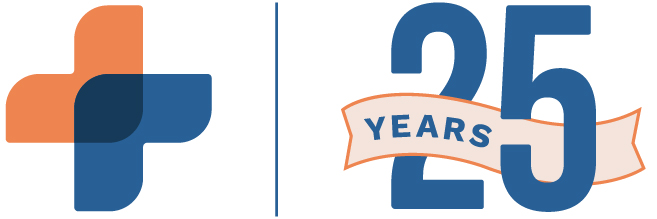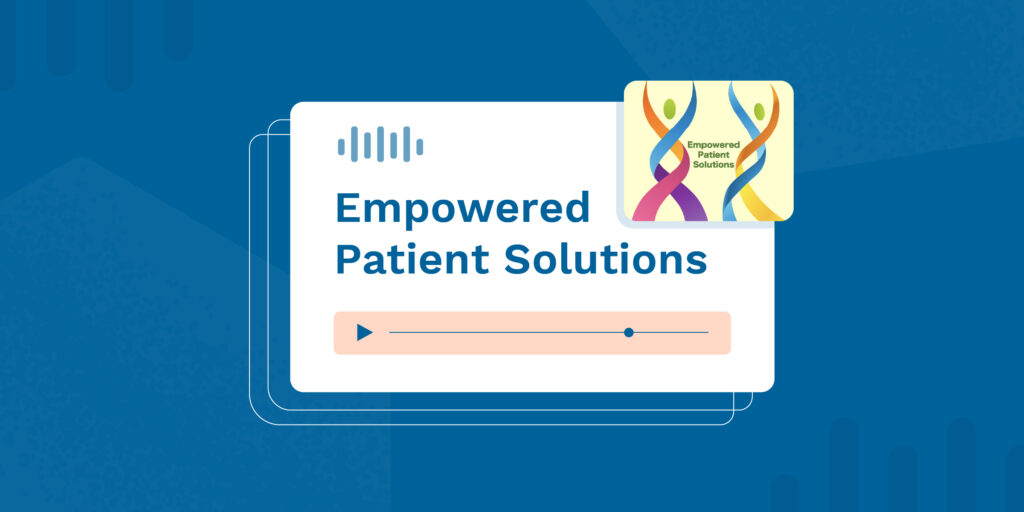The usage of patient portals continues to rise, and for good reason. Did you know that three out of five individuals reported accessing an online health record or patient portal in 2022?
The usage of patient portals continues to rise, and for good reason. Did you know that three out of five individuals reported accessing an online health record or patient portal in 2022? That’s a 50% increase from 2020. These tools improve communication and empower patients to take charge of their health. In fact, patients who use patient portals report higher satisfaction with communication, treatment, medications, and care.
Introducing this technology requires careful planning and education to bridge the gap between tech-savvy patients and those who are less comfortable with digital platforms. It’s not enough to simply hand over a new tool—it’s important to make patients feel confident and comfortable using it. In this article, we’ll review best practices for increasing patient portal use and overcoming potential obstacles to adoption.
How to Onboard Patients to New Technology
Onboarding patients to mobile apps and patient platforms is an investment. When done right, it pays off, not just for providers, but for patients too. These tools help improve engagement and retention while reducing the administrative burden on staff.
But how do you make patients feel more comfortable with mobile platforms? The ideal strategy combines education, support, and consistent engagement.
It’s All About Communication
Clear communication is the foundation for success. Start by clearly communicating the benefits. Get specific about what the patient or mobile app can do for them. Think beyond just tech specs. Focus on how the tools will simplify things for the patient. Key benefits to highlight include the ability to schedule or reschedule appointments, request medication refills, and access test results—all without needing to make a phone call.
Walk Them Through the Steps
Don’t just tell patients it’s easy, show them. Try to make sure any introduction to a mobile app or patient portal is accompanied by clear, step-by-step instructions, or even a quick walkthrough during an appointment.
You may want to have a “quick-start” guide handy at your front desk that patients can refer to at their convenience and get up and running quickly. Focus on showing patients how to register, navigate, and perform key tasks with the platform or app. Ultimately, the easier you make it to start, the more likely it is that patients will get on board.
Keep Things Up-to-Date
Your app or portal isn’t a “set-it-and-forget-it” tool. Keep the platform or app up-to-date to give your patients a reason to come back. Consistently deliver appointment reminders, follow-ups, and personalized health tips. Be sure to respond promptly to messages from patients to build trust. Patients will grow more familiar with the tools over time.
Bridging the Digital Divide: Tailoring Your Approach
The benefits of patient portals and mobile apps are vast; maximizing these benefits starts with helping patients adopt these tools. Not all patients will have the same level of familiarity or enthusiasm about them either. Younger patients may adapt to new tools quickly, while older generations may require more assistance getting up to speed.
Start by understanding your audience. Then build your onboarding strategy, considering the following:
- Know Your Patient Population: Take time to assess your patient demographics to identify groups that may need expert support. This data can be used to personalize outreach and education tactics.
- Vary Communication Styles: Some patients may prefer printed instructions or in-person guidance. Others may respond better to emails, videos, or text-based guides. Offer a range of options to ensure patients receive and understand the information they need in a way that makes sense to them.
- Offer Hands-On Training: If you have a lot of patients who are less tech-savvy, you might want to offer workshops to guide them through the tools. You can offer step-by-step demonstrations and allow them to practice essential tasks such as booking an appointment or accessing test results. You can also have remote sessions if needed. The key is to offer a supportive environment where patients feel comfortable making mistakes and asking questions. While this might require some up-front investment, it will save you time later.
Common Obstacles to Patient Portal Use
It’s natural for some patients to feel hesitant about using new tools. They might worry about navigating the platform or have concerns about data privacy. In these instances, it’s helpful to demonstrate how simple it is to perform tasks one-on-one. Including personal anecdotes can help ease apprehension about trying something new. Explicitly state compliance with HIPAA and other key privacy regulations, and reassure patients that their data is secure and only accessible to authorized individuals. As with any engagement effort, increasing patient portal use requires a patient-centric approach. Following best practices, tailoring your strategy, and overcoming barriers to adoption will drive greater adoption of portals and mobile apps. The tool you use for patient engagement is just as important. At RXNT, we provide patient engagement software centered around building stronger patient-provider relationships. Ready to learn more? Book a no-strings-attached demo.






